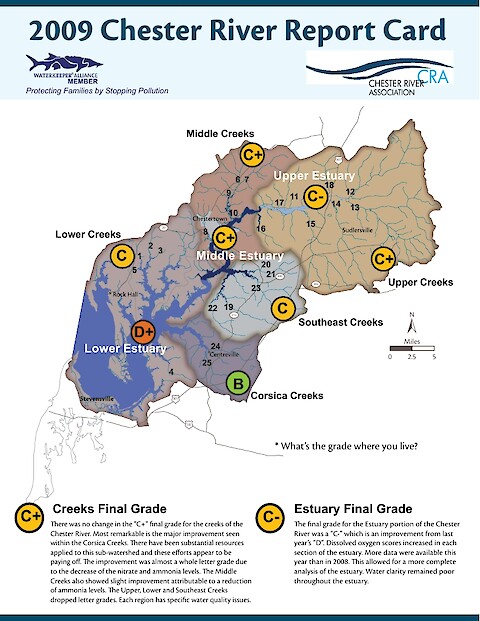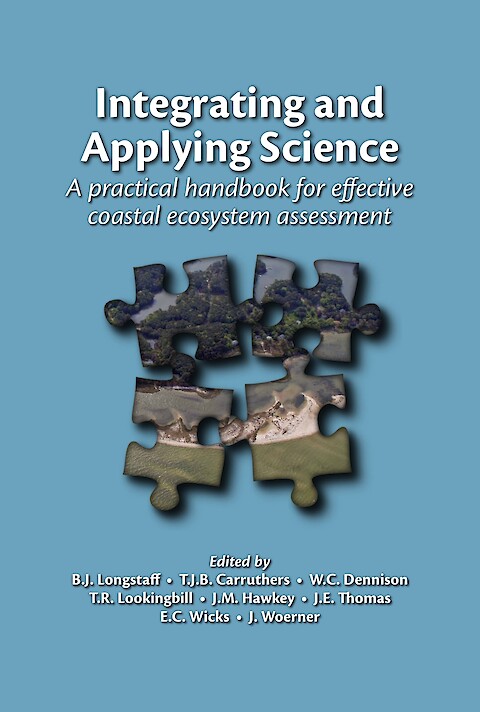Publications by Bill Dennison
IAN is committed to producing practical, user-centered communications that foster a better understanding of science and enable readers to pursue new opportunities in research, education, and environmental problem-solving. Our publications synthesize scientific findings using effective science communication techniques.



![Eastern oyster (Crassostrea virginica) [delta]15N as a bioindicator of nitrogen sources: Observations and modeling (Page 1)](/site/assets/files/26166/eastern-oyster-crassostrea-virginica-delta-15n-as-a-bioindicator-of-nitrogen-sources-observations-and-modeling_01.480x0.jpg)